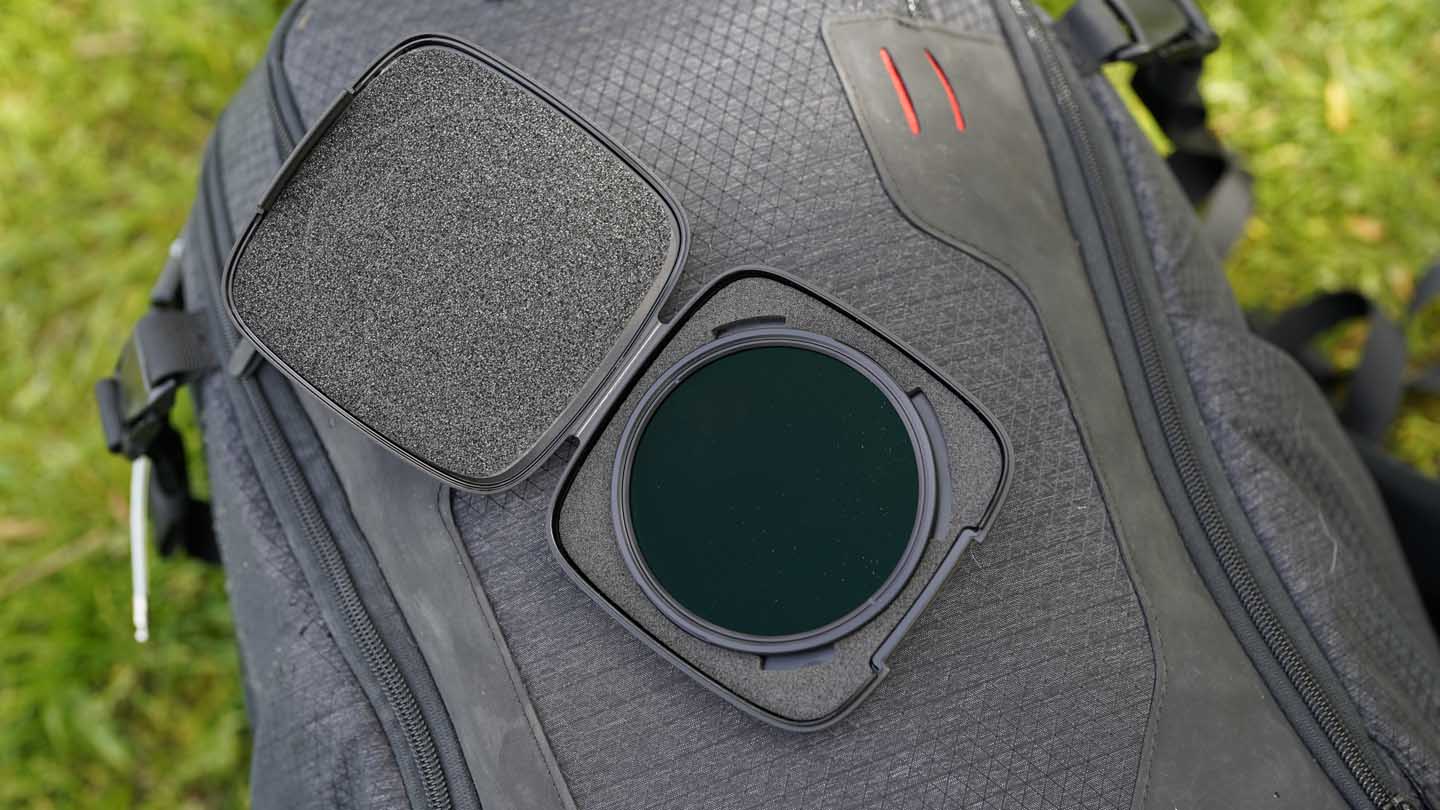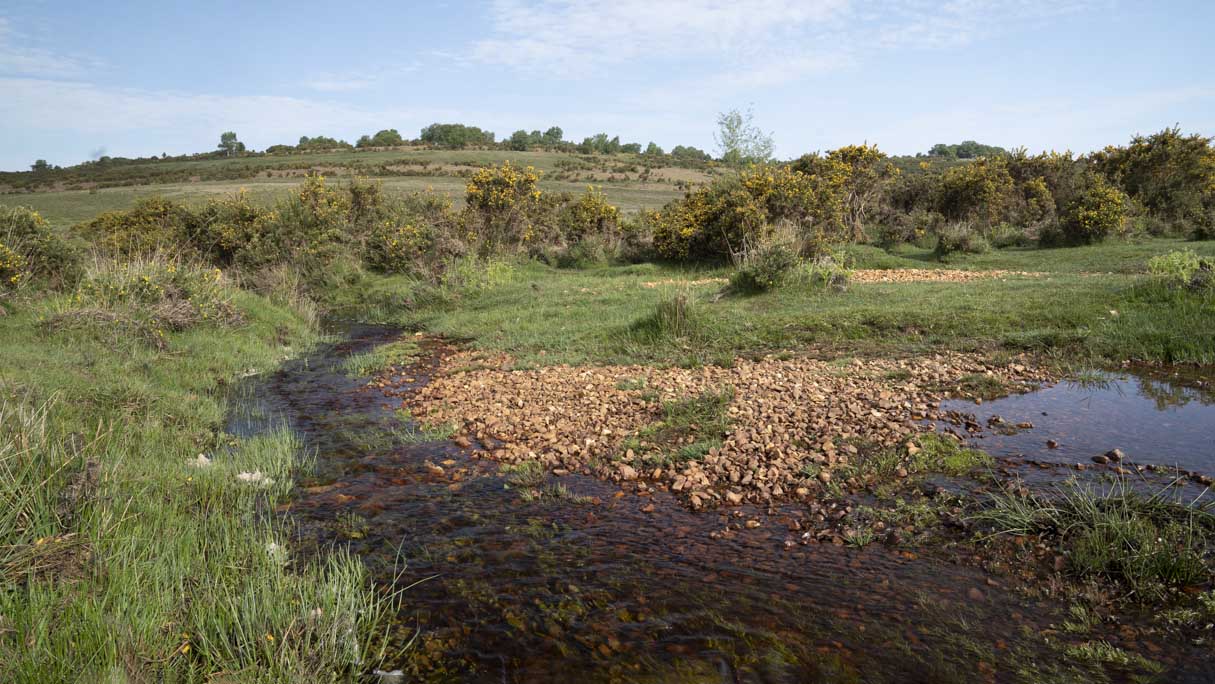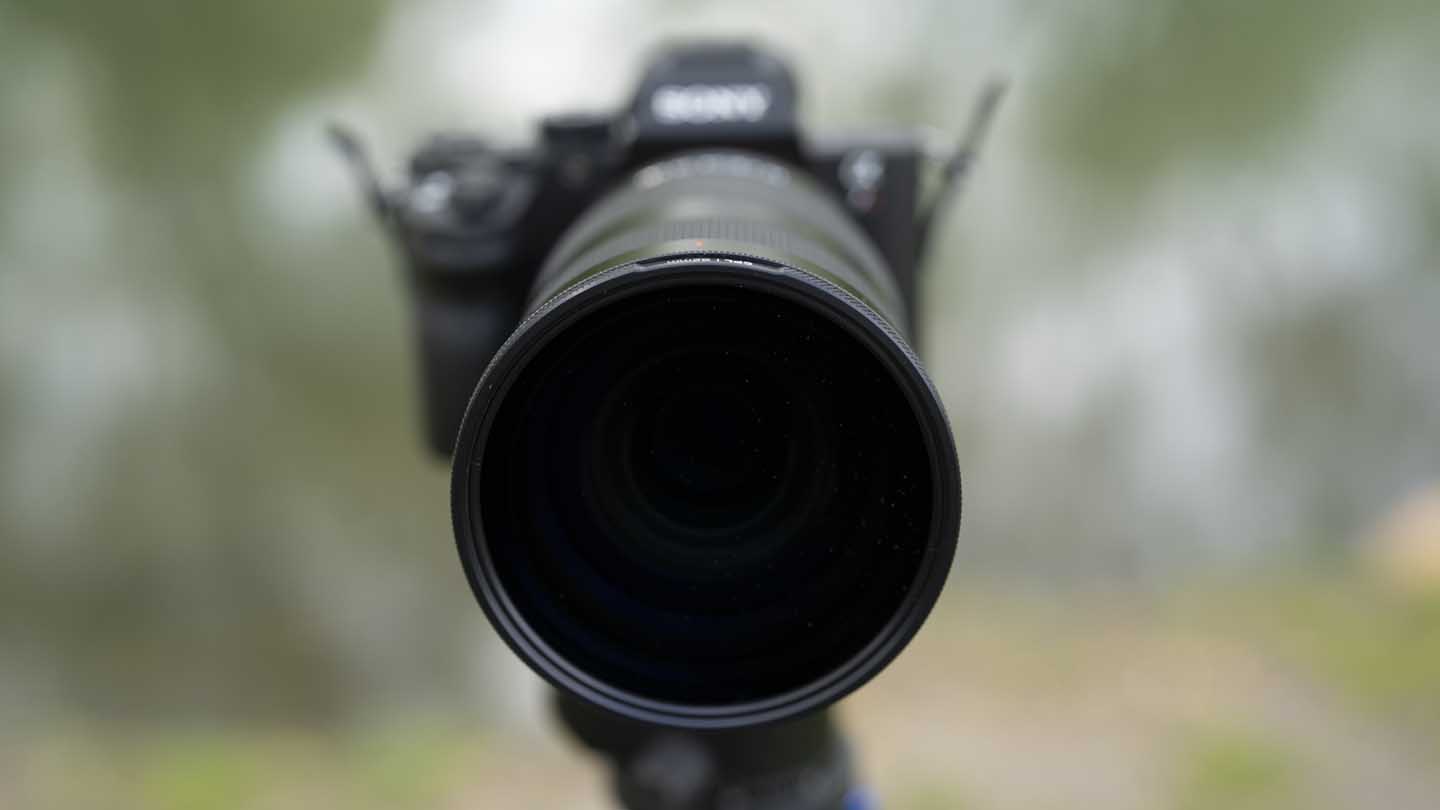LEE FILTERS LEE ELEMENTS circular polariser (CPL) is a screw-in circular polariser. The filter itself is designed to screw directly into the front of your camera’s lens and has the same functionality as the LEE clip-on CPL filters that we have seen for the rectangular 100mm and Seven5 filter systems.
As with the rest of the LEE FILTERS LEE ELEMENTS range, this circular polarizer is a bit of a break away from the usual rectangular system filters and offers new hybrid photographers and videographers access to the high-quality LEE FILTERS offers.
Having a screw-in filter may offer less flexibility than the rectangular filter system equivalents as they can only be used with one diameter lens. Still, with just one piece of kit to carry around rather than the filter system, adapters and the filters themselves, it does allow the LEE ELEMENTS filters to be far more lightweight and convenient.

The filter consists of two sections fitted together with the rear section screwing into the lens filter thread, the front section is then left free to rotate. The quality of the manufacture and machining of the metal rings is exceptional with the rotation of the front element being silky smooth.
Fitting the filter takes all but a few seconds, and once in place, it is simply a case of rotating the front elements to increase or decrease the polarising effect. Looking through the viewfinder or on the rear screen, you’ll instantly see the effect that this filter has on your image, with the intensity of the colours in the sky becoming rich and reflection in glass or water reducing.









